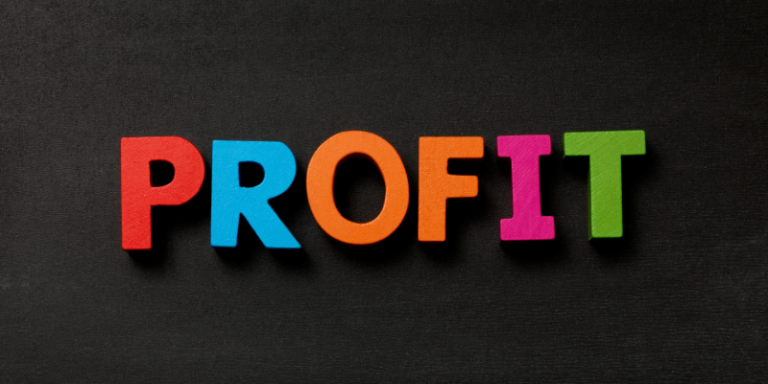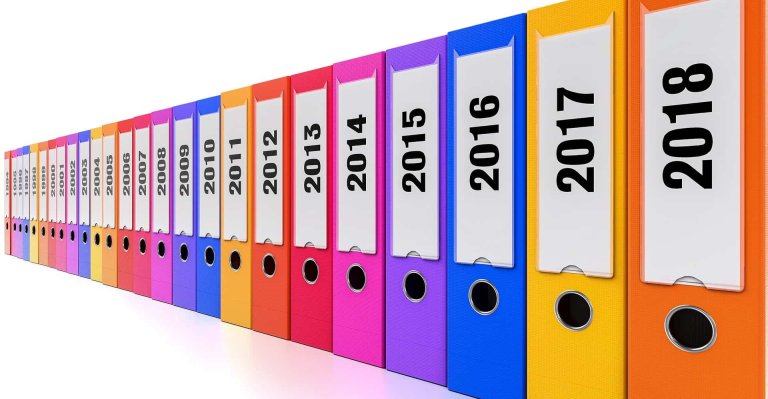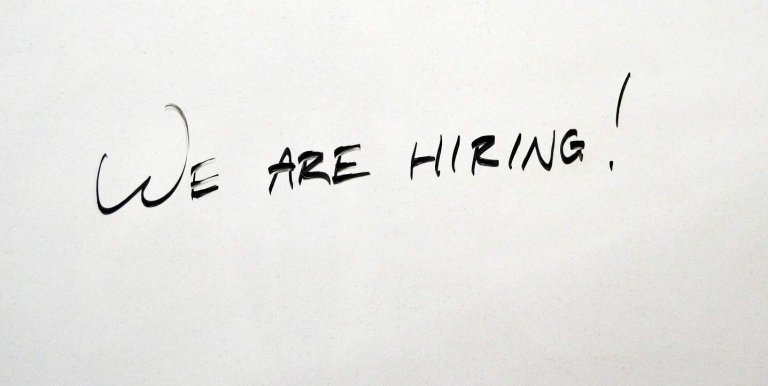Do you possess the special skill that so many people building a small business possess?
Yes, I’m talking about the amazing skill of faffing.
Now, I know from all my conversations over the last 10 years that faffing can become quite an art form when you’re growing your business.
You know those days when you have a huge list of things to do, you work at it all day; you barely stop for a cup of tea or a sliver of lunch, and yet you still get to the end of the day and haven’t crossed a single significant thing off that list?
Somehow, all the big stuff is still there and you feel as though you’re never ever going to get this stuff done! You’re working hard every day but you know that too much of your time keeps getting sucked into working on the ‘small stuff’. And no matter how hard you try there are just soooo many distractions that want to come and steal your time!
OK, don’t panic, you’re in the right place.
I have three really solid tips to share with you today to help you get your faffing under control and be consistently more focused every single week.
I’m not going to talk to you about classic time management tips because to be honest, we’ve heard all those things a million times and they simply don’t work.
And the main reason they don’t work is the basis of my first tip.
Understand your natural working pattern
The most crucial thing to help any of us get more done isn’t a degree in planning or a fabulous matrix to help us organise everything.
It’s understanding our own best working habits, our own best working patterns and working routines. Which sounds ridiculously simple doesn’t it?
Yes, there are the classic things, like whether you’re a morning person or an evening person. But you need to dig a lot deeper than that so that you’re really clear about the peak times of day for you to deal with focused, detailed work. When are you really ‘on it’? Because it won’t be all morning. But it might be 10.30 to 11.30.
Can you see how much more specific you really need to get with this?
You also need to identify the times of day when your energy and focus naturally dips. And there is typically more than one of these dips each day. This isn’t just when you’ve run out of energy at the end of the day. It’s about those pockets in the day when you need to ease back and recharge for a few minutes.
Because those are the times when, if you’re trying to work on concentrated things, you’ll get distracted, you won’t get anything done, your mojo just won’t quite there. When you try to fight against your natural working pattern like that, that’s when you’re going to feel like the day is a struggle.
To give you some context, here are some examples of my own working patterns that can lead me down the long and winding faffing road.
Too much flexibility in my diary is not a good thing for me. If I have a couple of hours of calls booked in and the rest of the day is clear, that’s a perfect recipe for a day of faffing for me!
Too much time on my hands destroys my focus and means I’m much less likely to get things done. Whereas more structure, more definition and more deadlines in my diary will make me much more productive. So that’s a key thing for me to factor in.
I also know that if I don’t have anything in my diary until mid-morning, then I’ll be tempted to drift into my day. And a day that starts that way is very difficult to drag, kicking and screaming, up to a much more focused pace.
So, I know that I need things in my diary relatively early in the day so that I’m switched on quite early and then I stay that way through the day.
So think about these kinds of things for you. Do you work better when you allocate meaty chunks of time to get something finished or does that just lead to drift? Do you want to do detailed things early in the day or later? Do you need to have regular breaks?
The real truth about time management is that there is no one size fits all answer. There’s no perfect recipe that suits everyone when it comes to how to structure your day or structure your week
The real answer is to take the time to truly understand your own strengths and your own best working habits and find the best way to play to those.
Plan and review. Every day.
My second tip is to create a simple daily routine of plan and review.
My personal suggestion is to always work with daily to do lists, in whatever format is best for you. There’s no one size fits all solution, remember.
I would always recommend that you make your to do list for tomorrow the last thing you do for today. And the reason that I say this is threefold…
Firstly, because it gives you a clear sign that your working day is finished, which increases the chances of you actually switching off at the end of the day. Which can be really tough when you’re running your own business.
It can easily drift right through your evening. So, make that to do list the last thing you do each day and you give yourself permission to switch off and recharge.
The second reason is that you then give that list to your subconscious mind, which is hugely powerful and incredibly efficient. So you know the old adage, ‘when you sleep on things, it all becomes clearer in the morning’? That’s because your subconscious beautifully slots it into place for you.
So gift that list to your subconscious and everything will seem easier the following day.
The third reason is that the first 20 minutes of your working day will set the tone for the rest of the day. Is your first 20 minutes usually a panicked blend of “what on earth am I doing today? Where am I going? Who do I need to talk to, what emails that I’ve got to send? What have I got to reply to? What am I supposed to be delivering?”
If that’s your first 20 minutes, then the rest of the day is probably going to be jumping around all over the place.
Whereas if that list tells you exactly what item number one is today and you can just crack on with it, then you’re in a really productive groove right at the start of your day and you’re much more likely to stay in that vein through the day.
One other side effect of using a daily to do list is to help you work out exactly how much you can get done in a day. Because most people put about three days’ worth of work onto a daily to do list and then beat themselves up about not being very good at time management!
It probably takes around three to six months of using daily to do lists consistently to get a real grip of how much you’re actually capable of doing in a day but that is seriously powerful information once you’ve got it!
The final element to the plan and review process is of course the review. I would always recommend that whilst you’re doing that to do list for tomorrow, you ask yourself three key questions…
Firstly, what was the best thing about today? Because, that’s the question we usually skim straight past while we’re focusing on the 18 billion things that we didn’t get done. But we miss the fact that we’ve achieved good things and we deserve to give ourselves a little pat on the back, which is great. But we also miss the opportunity to potentially repeat the good stuff.
Question two, what would I do differently? You’re not looking to criticize or beat yourself up here, because, let’s be honest, we’re all naturally amazing at that anyway!
But what you’re digging into through this question is what can I learn? What can I change? How would I make today better? So you’re constantly looking for small ways to continually improve what you do.
And the third of your daily review questions is, what’s my key focus for tomorrow? Not ‘what are the 18 billion things I need to do tomorrow’? What’s the one key thing I absolutely need to get done? And that will help you focus.
And focus is the enemy of faff.
So that is tip number two, develop a simple daily routine of plan and review.
Maximise your meeting time
My final tip is a really straightforward one, but one which a huge number of people resist, including me for quite a while!
Until about three years ago I used to see all my clients face to face and I really resisted the whole thought of doing this via skype or video rather than face to face. Because hey, you know, us Brits, we’re face to face kind of people, aren’t we? I’m definitely a face to face kind of person, I’m a real people person!
At least that’s what I told myself so that I wouldn’t have to change the way I worked.
These are all very valid reasons, but they don’t take away the fact that you’ll typically waste at least half as much time again just driving to that meeting. If a one hour meeting takes you 15 minutes each way to drive to that’s 30 minutes of dead time. So that’s half as much time again as the time of the meeting. And very often, it’s more than that.
So look at all the meetings that you have in your diary and see how many of those you could change to a video conference.
Doing this has had a massive impact on my own business. The amount of time I’ve freed up is incredible. The amount of money it’s saved me on fuel is phenomenal. The amount less mileage going on my car is quite amazing. But the biggest thing it has given me back is a huge amount of capacity.
And the best thing about it, is that it does not, in any way, detract from the quality of the meeting. If anything, it leads to a little less small talk and a little more focus.
I would really encourage you to think about using video rather than driving to physical meetings. You don’t always have to pay but even if you do upgrade to a paid package it’s incredibly cost effective. I’ve just renewed my Zoom license for the year for $179. It’s a great investment to get all that time back.
So those are my three big tips to help you stay more focused and cut down on your faffing.
Understand your own best working habits and play to those. Create a simple daily routine of plan and review. And switch your meetings to video calls.
If you have any questions or comments, then please leave those down below and I would love to hear your feedback. And if you need any more help, let me know and I will happily get in touch.






